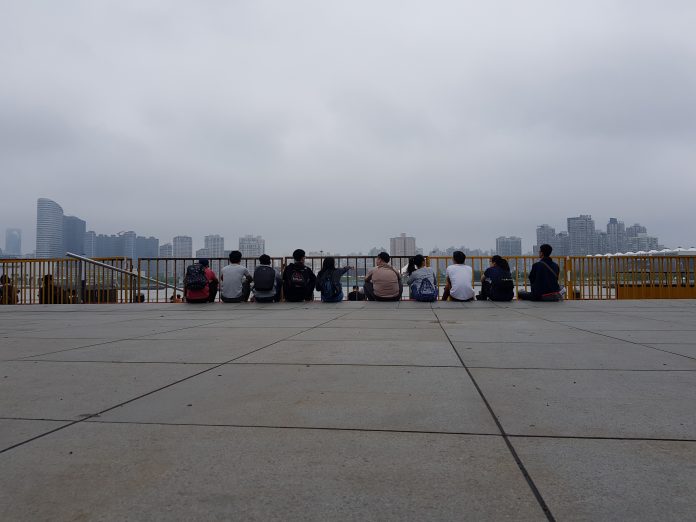Hello there! Alex here.
And here’s the last post if you missed it!
Back in Singapore, our seniors who participated in the previous year’s Asian Leadership Programme (ALP) shared with us that the earlier weeks of the programme were reasonably relaxed, and if we were to travel within the country, we should make our trips in that period. China, understandably, is a big place with many places to go, and being the tourists that we are, a handful of us decided that we ought to visit Shanghai over the weekend.
The financial capital of China, Shanghai is but a short train ride away from Hangzhou (where Zhejiang University is situated). The duration of this ride, however, depends greatly on which train you’re taking – a K-series train takes around two-and-a-half hours, while the newer D-series trains take about one hour less. For our ride to Shanghai, we opted for the more budget-friendly K-series train.
One thing that I’ve come to appreciate about China, and Hangzhou in particular, is how much you can do with mobile payment apps. We first booked our rides on 飞猪 (literally Flying Pig) and paid with 支付宝 (the almighty Alipay) – from the comfort of our hostel rooms we had purchased tickets, and all we had to do was to collect them on the day of the ride itself.
We ended up being scattered across different carriages, however, and due to some administrative errors, some of us ended up having to stand during the ride (for the cheaper tickets, this is an option). The train was, unsurprisingly, packed with people. All the seats were occupied – either by those who purchased the seat, or those who saw an empty seat and seized the opportunity. The train’s air-conditioning struggled against the encroaching summer heat and the sheer number of bodies within the carriages, leaving us uncomfortably warm. I recall distinctly a train attendant, in good humour, joking with the passengers that the cabins would cool down faster if they made less of a fuss – by shutting their mouths, there’d be less hot air escaping into the cabin. In a sense, he was right. The cabin sort of cooled down later, and two-and-a-half hours later, I found myself in Shanghai.
My goal for Shanghai was first and foremost food. 小笼包 (Xiaolongbao) was the first meal we had, accompanied by noodles of various kinds. It was a good start to the trip.
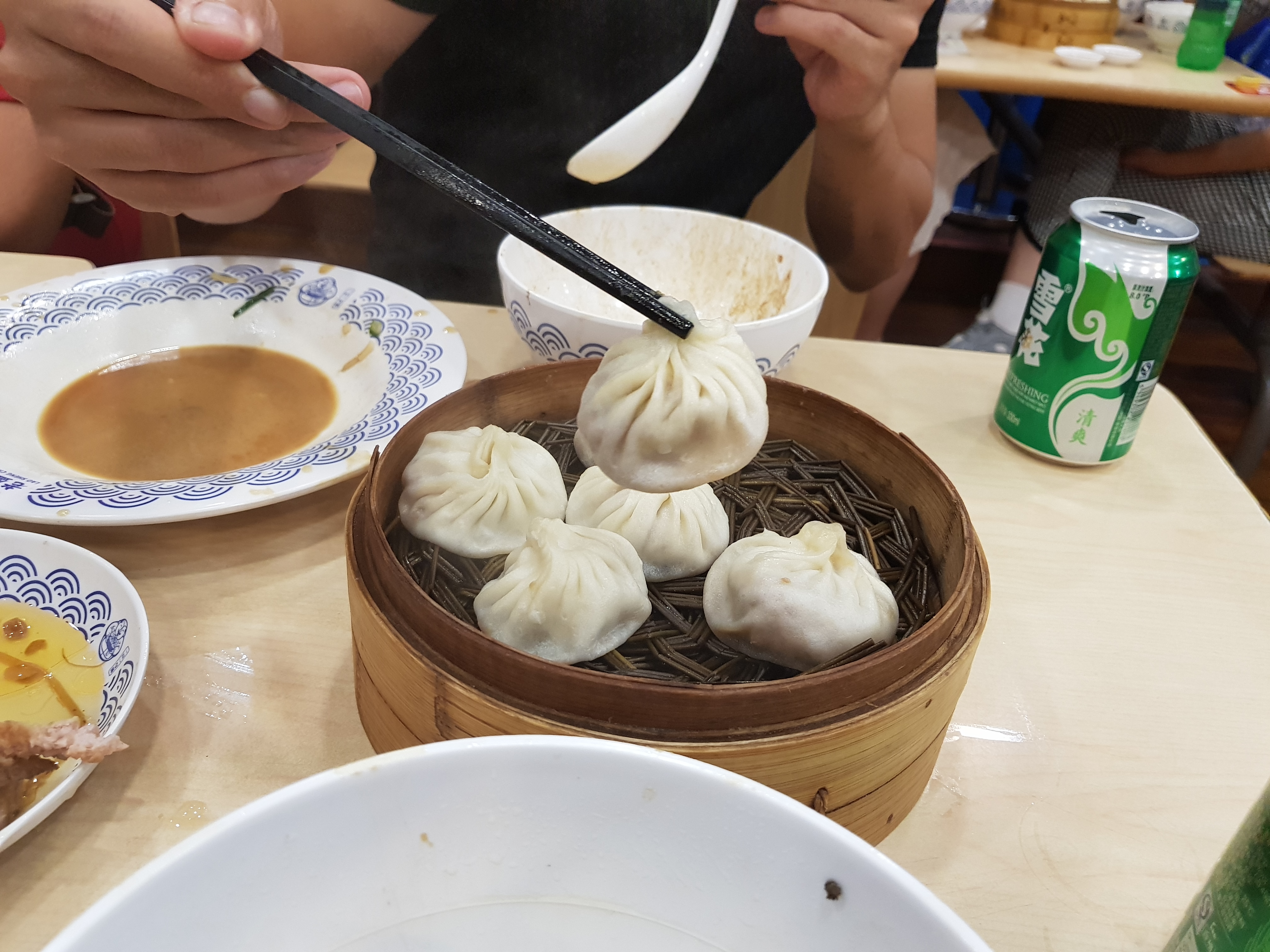
Having lived in the concrete jungles of Singapore all my life (excluding that short stint of actual jungle courtesy of my National Service obligations), Shanghai felt far more familiar and comfortable that Hangzhou. Land is plenty in China, but any student of Geography will tell you that buildings in city centers, especially cities with a strong business and finance bent, tend to be tall – high demand for spaces in these places encourage the taller buildings. Shanghai, with its towering skyscrapers and clean streets, reminded me ever so of Singapore – and in this regard, the people too played a part. The city, understandably, was very internationalised, giving it a hint of Singapore’s characteristic racial diversity. One thing Singapore could definitely learn from Shanghai lies in the Shanghainese Metro – their equivalent of our Mass Rapid Transit (MRT). The MRT is decent and all (barring its recent propensity for breakdown and delays, which is absent in the Metro), but the Metro clearly outclasses it when it comes to design – there are subtle differences in cabin design that nudge people toward moving to the center of the cabin, and discourage crowding at the entrances (some of the newer trains in Singapore have this, but it’s ubiquitous in the Metro). The displays for the Metro are also far more intuitive (and also less buggy) that the MRT ones – information is displayed in a cleaner and more intuitive manner, which scratches my itch for clean and minimalist designs.
Oh, and you can pay for your train rides with a mobile application as well, with your rides being charged directly to your Alipay.
Fanboying over the Metro aside, there’s plenty to see and do in Shanghai. After our dinner, we decided to walk the streets – and imagine my surprise when the first street we were on was entirely pedestrianised. No asphalt, no motorbikes or e-scooters – maybe an occasional tram – or car in sight.

Walking down the smooth stone street was plenty pleasant (barring the crowd, but that’s mostly because I strongly dislike crowds), with pre-World War 2 buildings preserved and now occupied by modern retailers. Throw in the cool weather – there was a cold spell rolling in – and that made for a good start to our Shanghai trip. We eventually made our way to the Bund (外滩). Back when the colonial Western powers ruled, the Bund was a section of Shanghai bordering the waterfront that lay under Western jurisdiction, and by extension exempt from Chinese law. It has a rich and storied history – with criminals fleeing into the Bund to avoid Chinese authorities, and it being quite affluent as the colonial powers concentrated their wealth there.
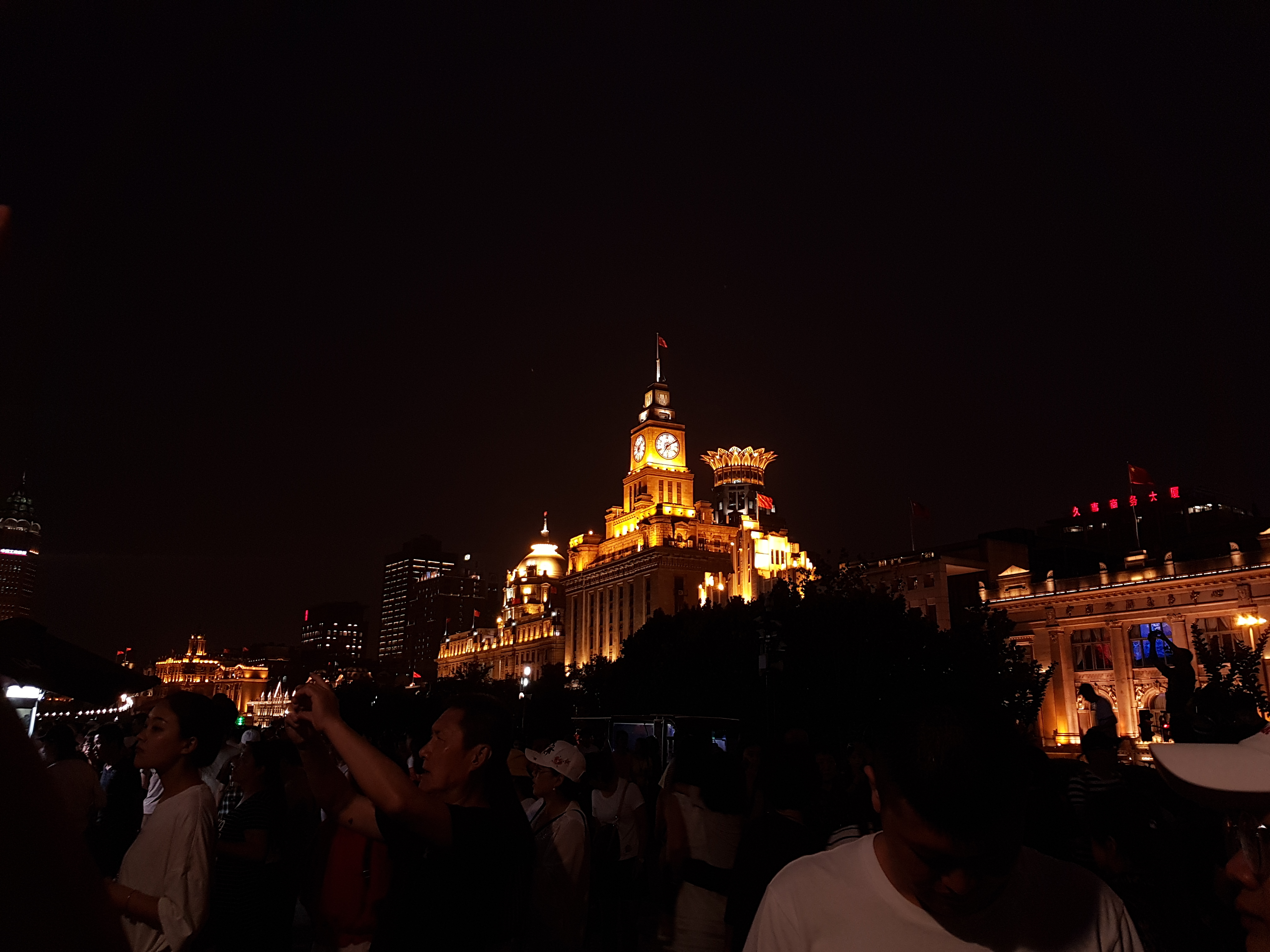
Much like Hangzhou, the cityscape lit up at night, with each building putting on an impressively choreographed display of lights (but no sound). Understandably, the waterfront was filled with droves of people all clamouring for photos – even despite the slight fog that masked the skyline.
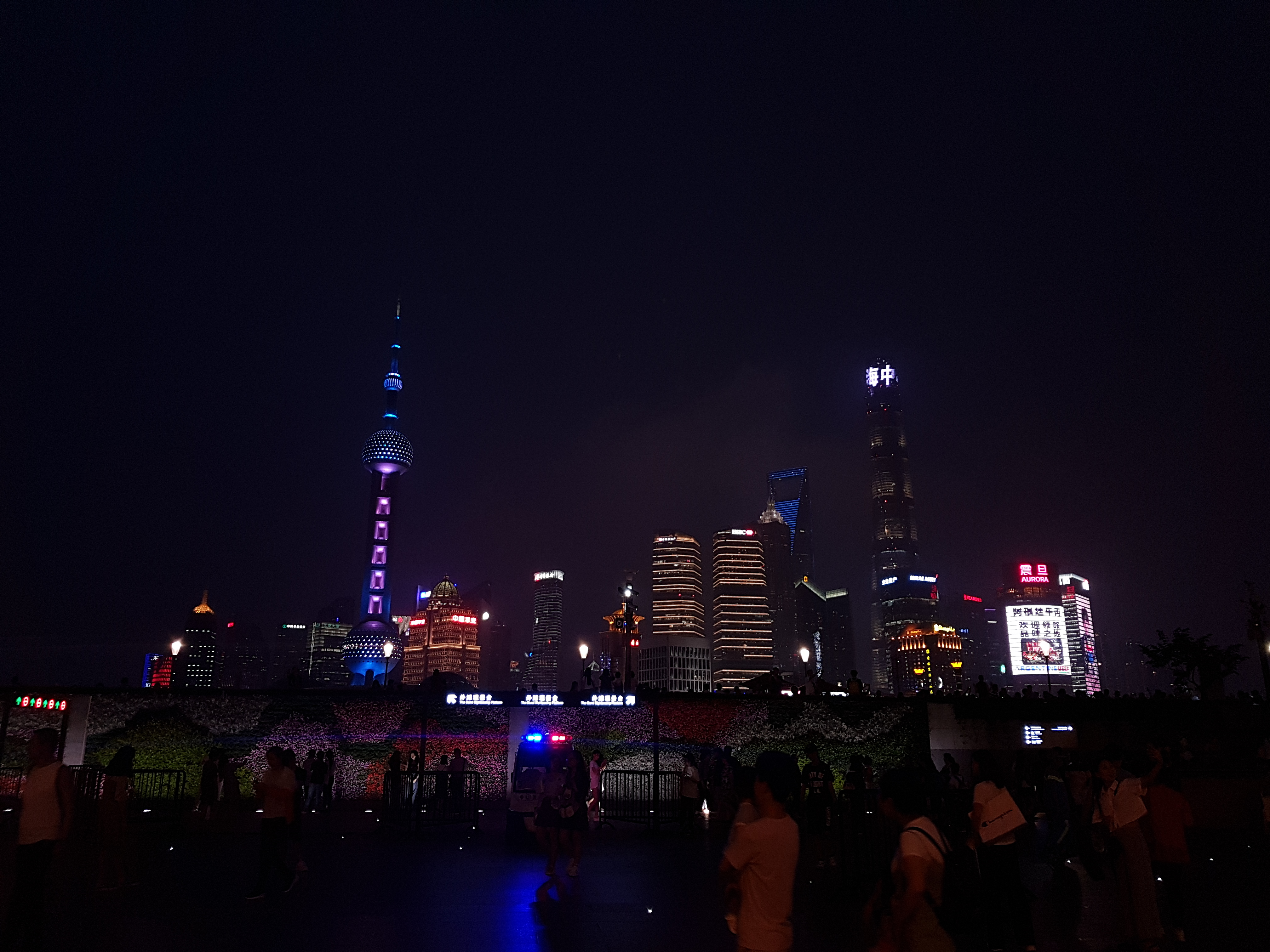
Some photos later, we decided that it was time to rest, and headed towards our accommodations.
Next morning, we discovered a hidden gem near the place we were staying at – a spartan student hostel that was plenty clean and cosy – a nearby store that sold 生煎 (shengjian. Think of these as the fried dough version of 汤包). The 生煎 was filled with a fiercely flavoured minced pork ball and soaked in a generous amount of broth. True to the Shanghainese way, we ate the buns with a dash of vinegar, the sharpness of which serving as an excellent counterpoint to the richness of the meat and broth. That was accompanied by some 烧饼 (shaobing, literally roasted/toasted biscuit. I prefer to call it Chinese roti prata, because that’s what it tastes like) and a wanton soup – both of which were great too.
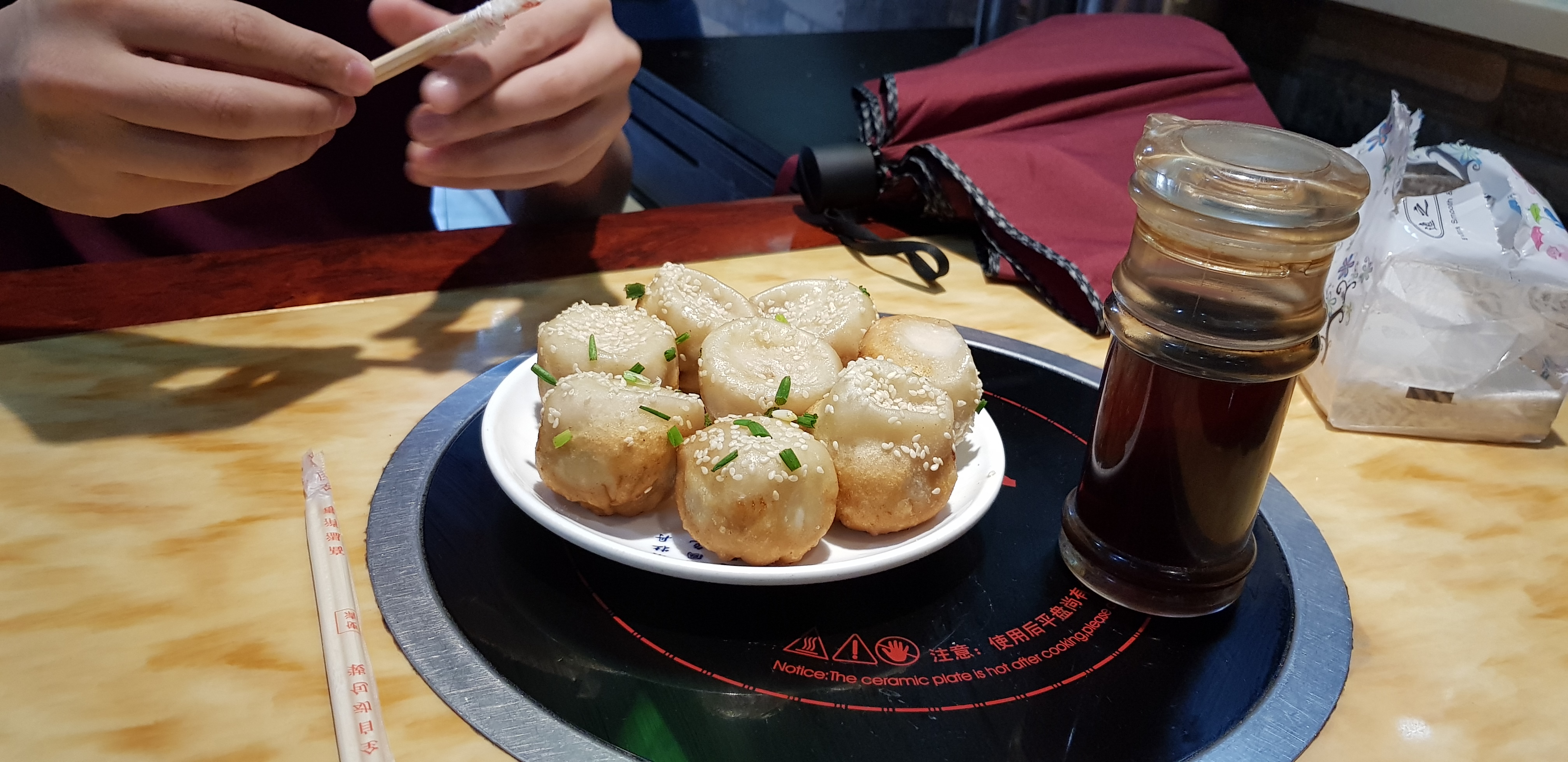
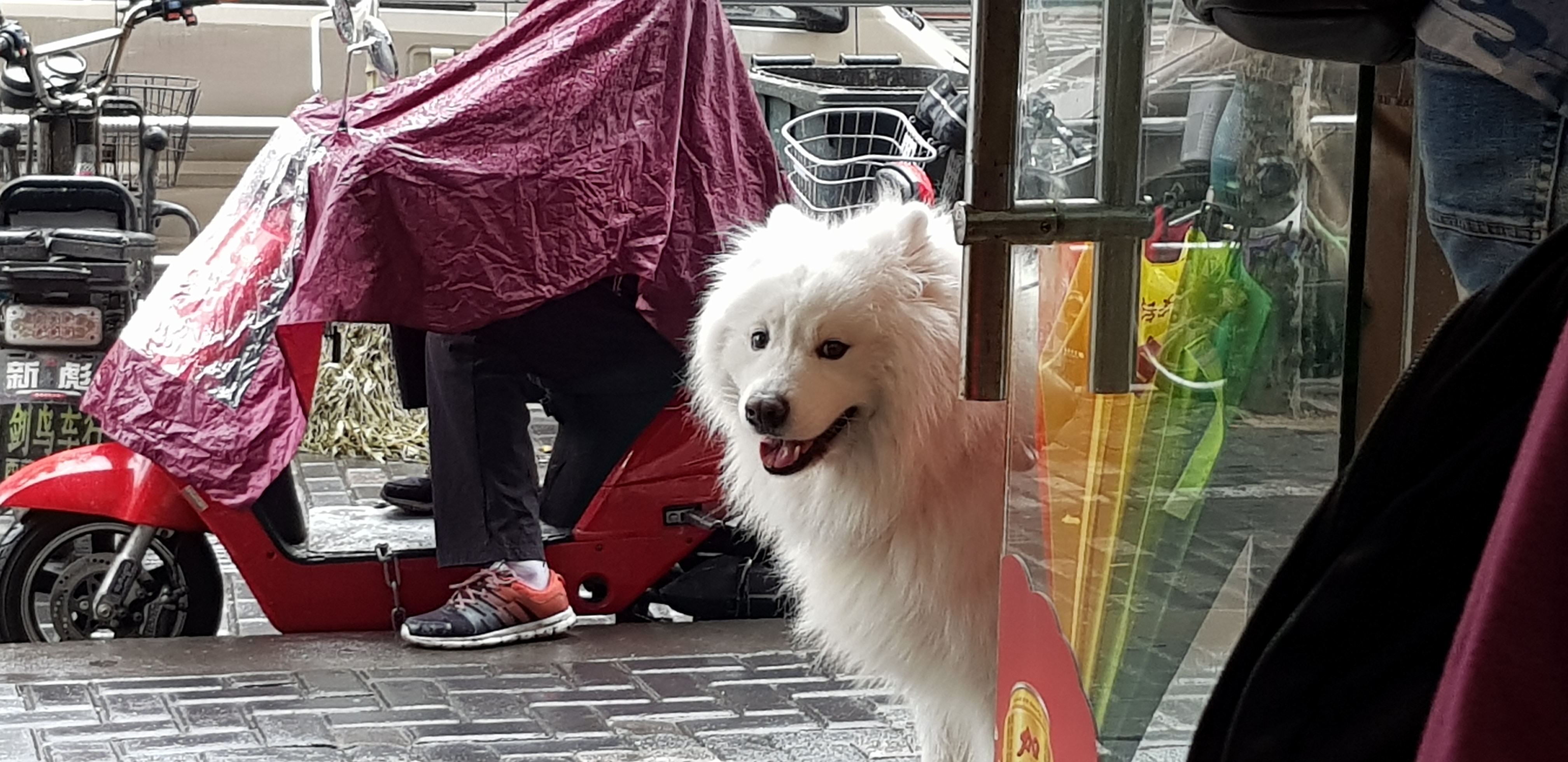
We later visited the China Art Museum for our dose of culture – personally I did not expect much from it as I’ve never been a fan of the arts in general.
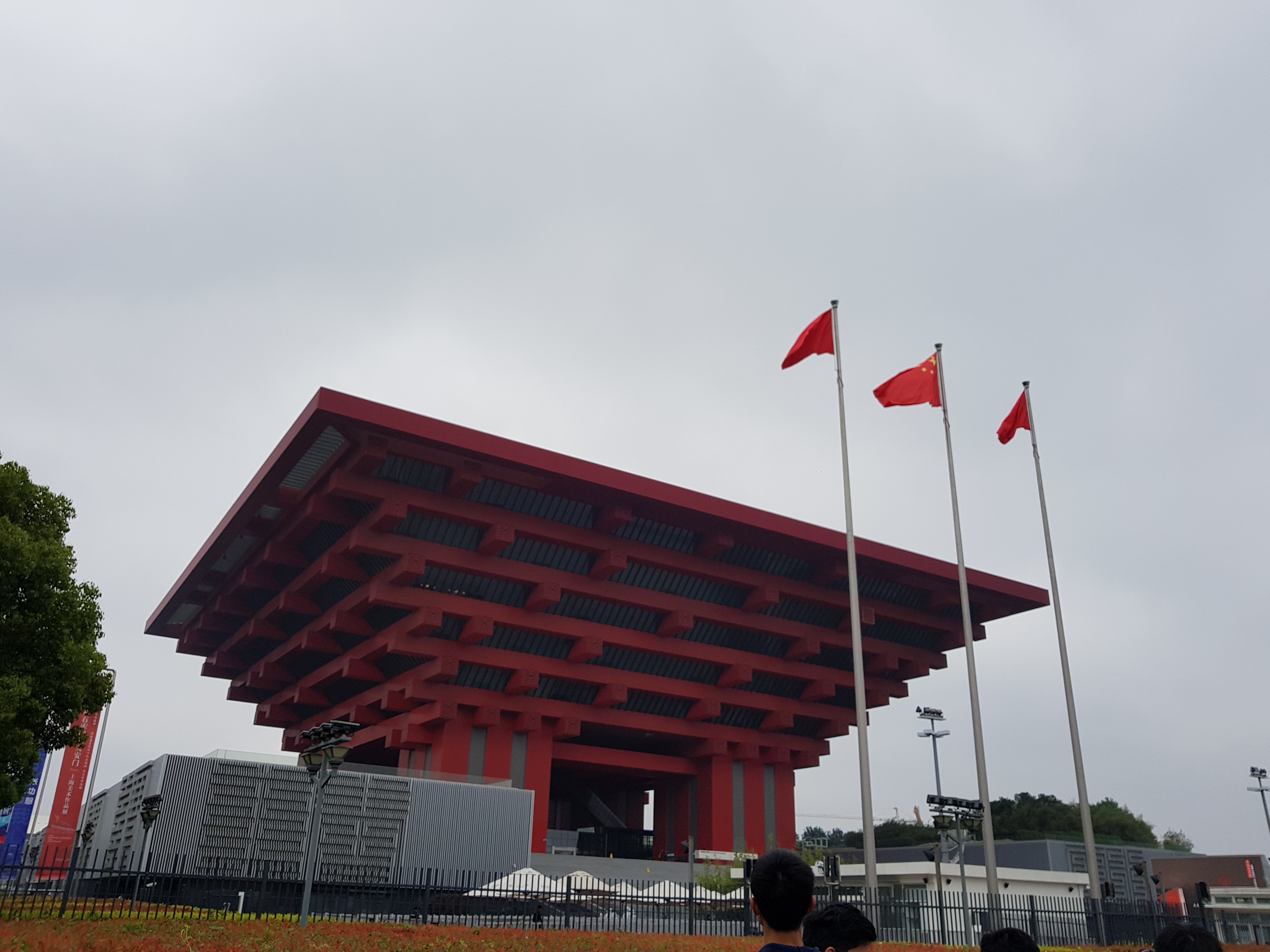
Indeed, as I ambled through the galleries, I could superficially appreciate the artwork for the effort and techniques of their artist, but I never did feel them. The experience was further soured by the occasional exclamation from a handful of children (or as my friend calls them, little midgets), let loose upon the visitors. I was almost certain that, apart from ticking off my bucket list, I’d take nothing away from it. Stumbling through the halls, I came upon this painting, occupying a short segment of wall on its own, that made me not just appreciate it, but feel it. It was a piece named 静 (Quiet), comprising of nothing more that broad strokes and splashes of green, blue and hints of red, hinting at some scene, much like a camera out of focus. It sounds odd as I now recount the experience but as I watched the piece I felt the noise of the gallery bleed away into the background as I simply tuned out of my senses. The world became quiet. I suppose that was what quiet truly was – not silence, but a sort of peace that came as the world melted into the background. That was good.
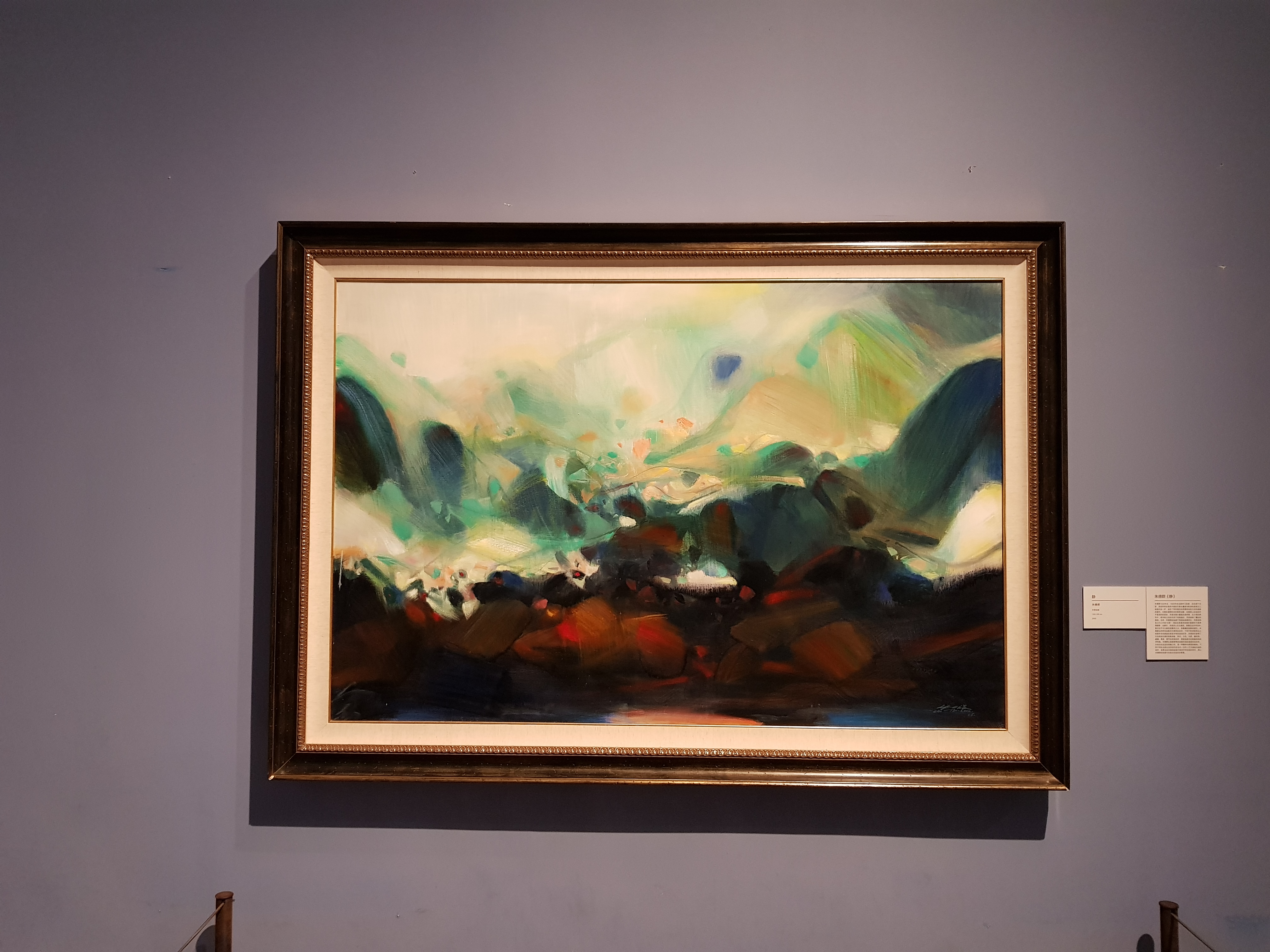
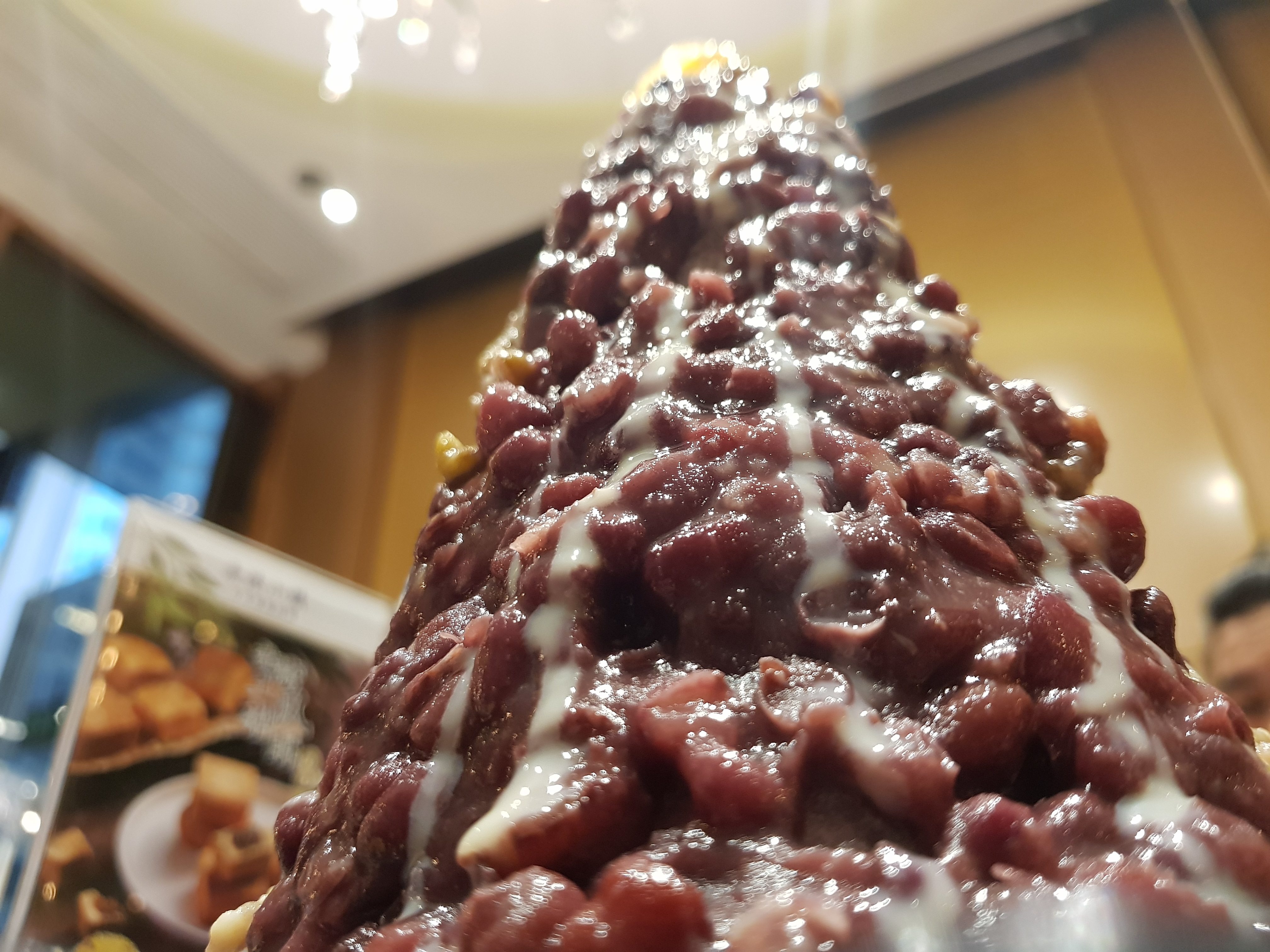
After getting cultured, we visited the Shanghai Science and Technology Museum to be educated. Suffice to say, we were largely disappointed. The exhibitions were seemingly targeted at a much younger audience – further attested to by the legions of children that plied the lanes – and were hardly interesting to young adults like us.
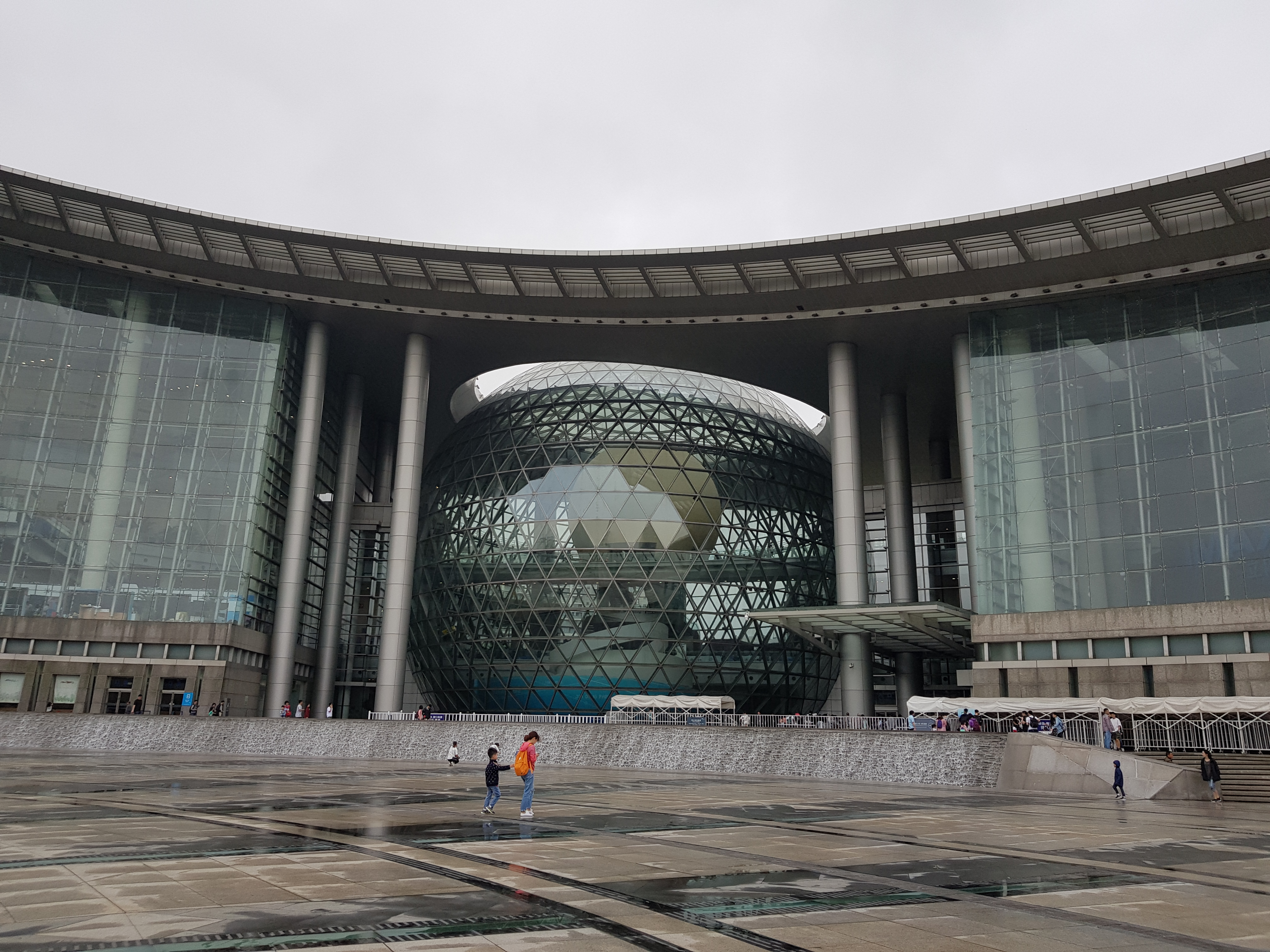
Our penultimate activity in Shanghai was also the highlight of our trip – a meal at Canton8, a 2 Michelin-starred restaurant specializing in (duh) Cantonese food. We had made a reservation some time in advance, and we had picked a Monday to avoid the crowd. Understandably, the experience came at a premium, and personally, I felt that the food didn’t quite warrant the two stars. Nevertheless, that was one thing off of my bucket list, and I’m pretty pleased by that.
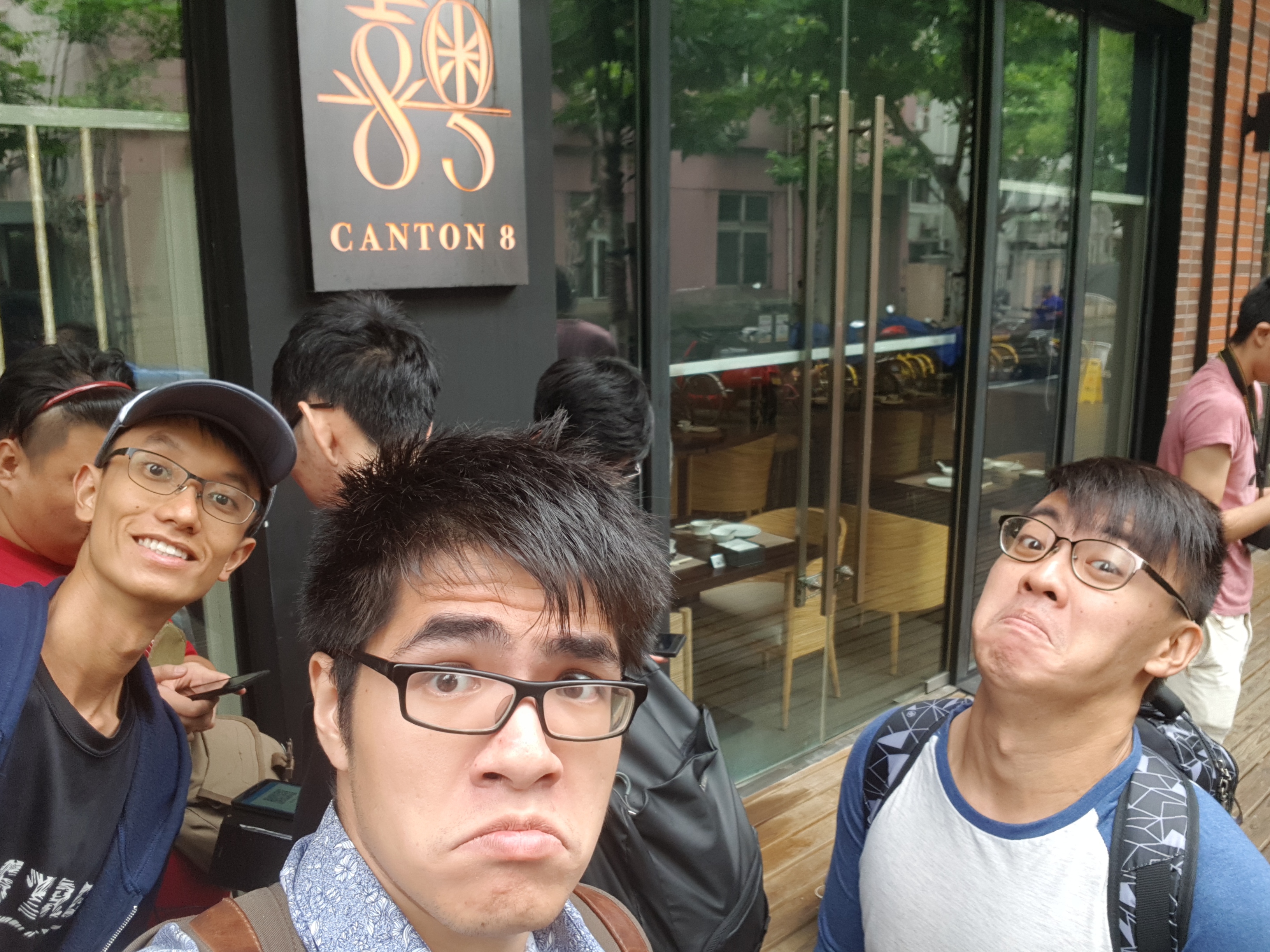
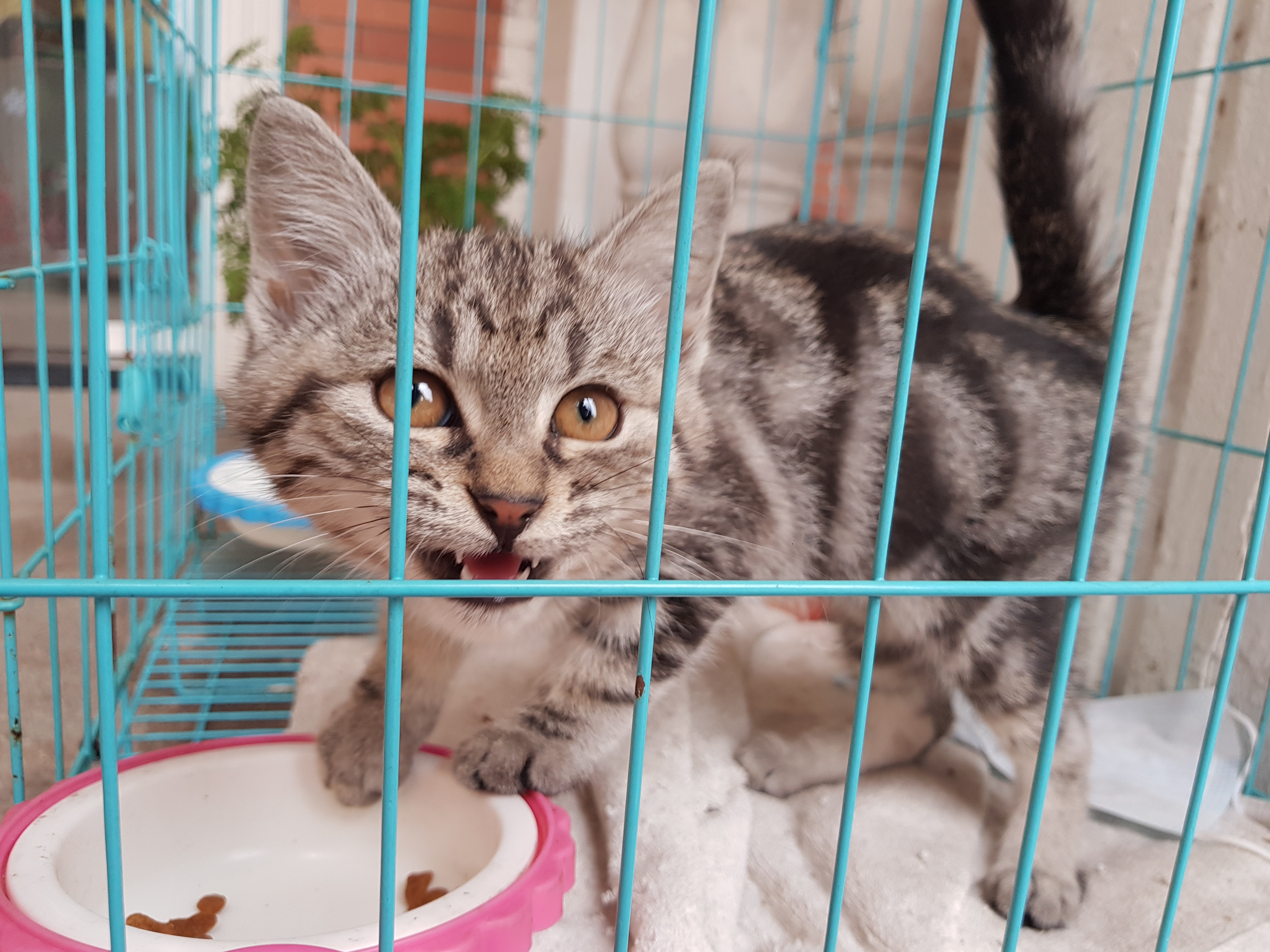
Our ride back was a D-series train – not top-of-the-line, but still close. While the seats were fully booked, unlike the K-series trains, it was anything but uncomfortable. The train was quiet, the air-conditioner was working plenty well (it also helped that it was an evening train), and I had plenty of leg room to stretch. I’d say it was a strong finish to an interesting trip.

Anyway, next week will be a quieter week – I don’t have much planned apart from the standard classes. We’ll also be meeting our attached TAs and seniors to talk about attending courses and clarifying questions on the study material they’ve issued us. We’ve also been scheduled to take a train ride to Beijing to meet with the corporate partner of our theme’s project – Bank of Beijing – in the week thereafter.
Suffice to say, ALP is gift that keeps on giving. See you in the next post!




















